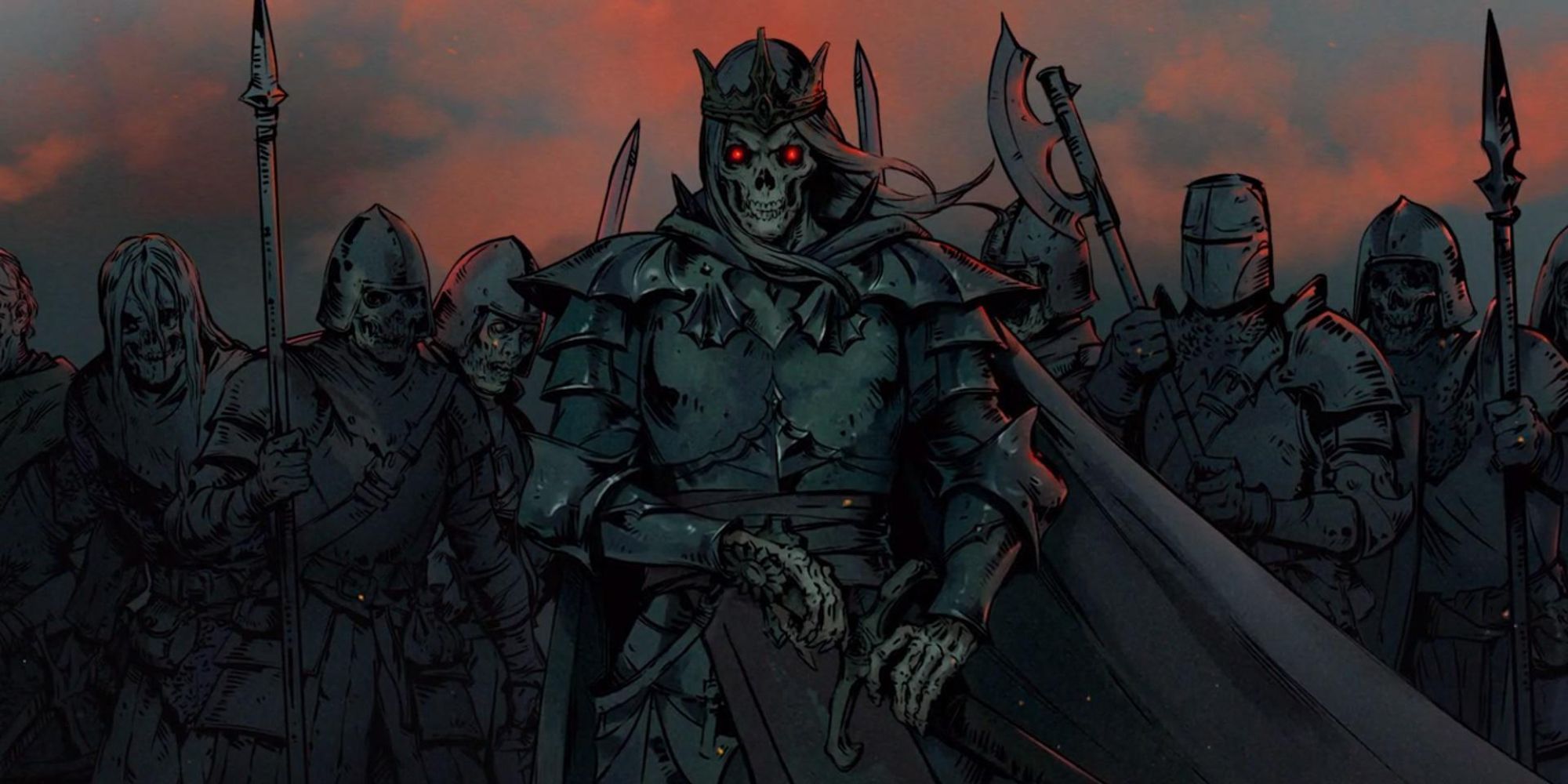If you were completely isolated/introverted, then you were probably out of luck. The built-in help files/FAQ included with most of those programs only helped so much, but they could give you a nod in the right direction. A Readme.bat file could help, or typing /h as a suffix to some executables. The manuals back then were enormous for a reason (no Internet), but they rarely helped with this kind of problem in my experience.You raise a good point -- I remember doing all that stuff, but how did I know how to do it? Who taught me to edit an autoexec.bat file? Where did I learn LH?
I was on a few BBSs, maybe I learned from there?
You had games magazines, which sometimes had answers, but I didn't have access to any in the late 80s/very early 90s. They came later. I think what ended up working for me is that while I didn't have a ton of friends who were also into computers, I had just enough to bounce ideas off.
I also think that early on, I was able to deconstruct boot disks that sometimes came with a game. Some studios knew their games were impossible to play with the 523K that a lazy startup sequence left you with, so they included a card insert in their games (I didn't buy many, but I bought a few) or sometimes in the manual itself. Those card inserts actually wrote out a config.sys and an autoexec.bat to try out, and modify to suit your particular hardware, CD Rom drivers, mouse drivers, etc.
You learn one trick from things like that, and apply it to your next boot disks and so on. Of course, if you copied all the games like so many of us did, then box inserts weren't available to you. I think I lucked out in that some of those boxes of copied games also included copied boot disks, which contained the kernel of an answer. Then you just adapt it to your system.
I think 624K was about as streamlined as I'd ever get it, including sound blaster drivers (including speech), mouse drivers, and CD Rom drivers all working.
By the mid-90s, you had Windows, and there was PC Gamer, which would write articles on thorny Dos game-running issues. Then they included CD Roms in the magazines, which could help a lot and were a godsend when patches and mods were out there but dial up was so slow and bandwidth expensive. The Internet became a lot more widespread by about 1995 or 1996 and suddenly answers to all of these questions were everywhere. Access to a university computer lab around this time (or access in your room if you were luckier than I was at Georgetown) and a T1 connection was amazing.
Last edited:




